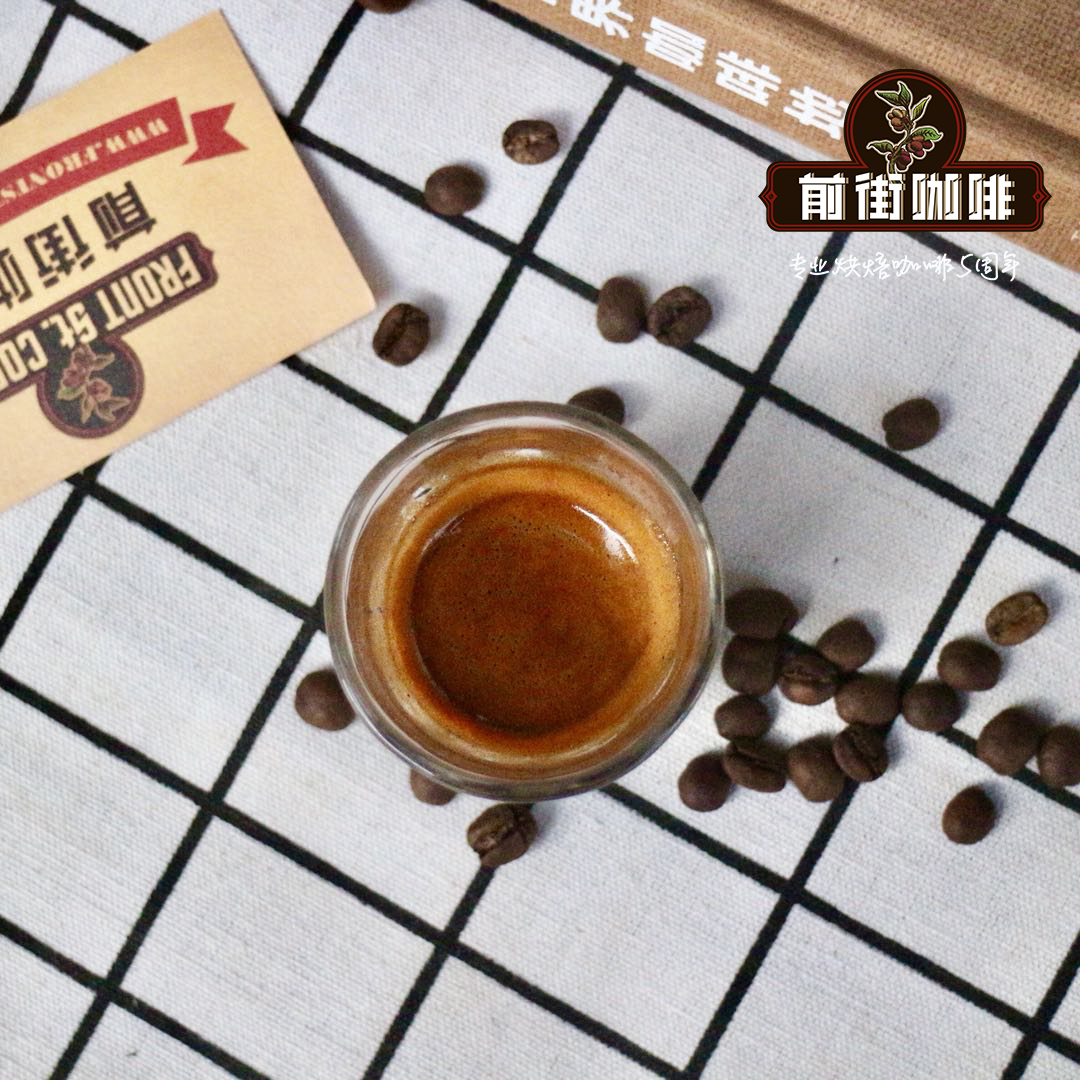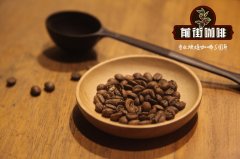Nicaragua Sun Palenema Coffee Variety introduction _ Nicaraguan Coffee how to make Italian SOE

Professional coffee knowledge exchange more coffee bean information please follow the coffee workshop (Wechat official account cafe_style)
Recently, a batch of COE bidding beans has been shipped, you know.
Friends who have bought it have said that Nicaraguan coffee COE#15= has high sweetness, creamy texture and extreme smoothness.
Such sweet Nicaraguan coffee beans, at first glance is Parainema beans, the name is a bit long. What kind of bean is this?
Parainema, which can be translated as Palayinema in Chinese, belongs to a less common species of coffee beans. But just because it's not common doesn't mean it's not famous. In 2017, it was the No. 1 bean seed of COE in Honduras.
The price of washing Paraina was the highest COE auction record in the world at that time.
Breaking the previous price of $120 a pound at El Puente Manor.
Introduced from Costa Rica to Honduras and won the Honduran COE championship last year, this bean seed has gradually gained international recognition and made more and more farmers willing to plant it.
Slowly, Parainema spread in Central America and was planted in many countries, such as Nicaragua.
Holiday Manor is a very successful case.
Newly stored Nicaraguan coffee COE#15, bean seed Parainema, sun treatment, very sweet!
The following is a detailed interpretation of this bean seed in its past life and this life:
Parainema is a new variety transformed by mating, which can resist leaf rust and prevent nematode erosion. Costa Rica CATIE launched this variety in 1981 after many experiments, originally called Sarchimor T5296. The improved coffee was first grown in Costa Rica between 2006 and 2008, then was introduced to Honduras in 2010 and renamed Parainema.
A hybridized cultivar resistant to coffee leaf rust and nematode infestations. The line began in 1981 as part of a series of experiments to address producers' issues with disease and pests, and was originally known as Sarchimor Tmur5296. First plantings were in Costa Rica from 2006-2008; it was introduced to Honduras in 2010. It's a short shrub with either green leaf tips, bronze, or both, depending on the lineage.
Small saplings, bronzed buds
Suitable for 700-1600 meters above sea level, with a very rich taste
High yield
It can prevent coffee leaves from being infected with leaf rust and nematodes.
The bean shape is slender and the color is bright green and full.
All right, science popularization is over! Paleinema, it is no longer strange to see this bean seed.
Quickly place an order for this Nicaraguan coffee COE bidding bean, you are also the one who has drunk Parainema!
Analysis of SOE brewing of Nicaraguan coffee
We can see that even if SOE is made from sun-treated coffee beans, this bean is much richer in fat than other beans. We used 20g coffee beans, grinded with EK43 grinder 1.3degree of grinding, 20gVST powder bowl to extract, 22-24 seconds, extract 50g coffee liquid (powder / water ratio is 1 / 2 / 2. 5). Also in the case of making SOE with a large powder-to-water ratio, the thickness and consistency of this sun-tanned Palenema SOE is still very good, with honey-like sweetness, supple and bright acidity and outstanding nut and chocolate tonality to complement the overall flavor and taste of this bean. Using this SOE to make milk coffee, the sweetness is also very obvious, and even has the obvious feeling of vanilla cream ice cream.
END
Important Notice :
前街咖啡 FrontStreet Coffee has moved to new addredd:
FrontStreet Coffee Address: 315,Donghua East Road,GuangZhou
Tel:020 38364473
- Prev

Introduction of special varieties of sun-dried coffee beans in Nicaraguan Holiday Manor _ how to drink Palenema coffee beans
Professional coffee knowledge exchange more coffee bean information please follow the coffee workshop (Wechat official account cafe_style) Nicaragua 2018 COE#15 bidding batch Nicaraguan Coffee Holiday Manor Palenema Sun Nicaragua Jinotega El Recreo Parainema Natural-flavor-cherry, passion fruit, cranberry Cherry, Passion Fruit, C
- Next

Nicaraguan Bosnian Manor Coffee Information _ flavor characteristics of Nicaraguan black honey brownie coffee
Professional coffee knowledge exchange more coffee bean information please follow coffee workshop (Wechat official account cafe_style) 3 # Brownie Nicaraguan Coffee # Origin: Nicaraguan production area: Bosnian Manor treatment: black honey flavor: almond cake, brownie, black sesame, caramel [Nicaraguan coffee black honey treatment] country: Nicaragua: new Segovia
Related
- Detailed explanation of Jadeite planting Land in Panamanian Jadeite Manor introduction to the grading system of Jadeite competitive bidding, Red bid, Green bid and Rose Summer
- Story of Coffee planting in Brenka region of Costa Rica Stonehenge Manor anaerobic heavy honey treatment of flavor mouth
- What's on the barrel of Blue Mountain Coffee beans?
- Can American coffee also pull flowers? How to use hot American style to pull out a good-looking pattern?
- Can you make a cold extract with coffee beans? What is the right proportion for cold-extracted coffee formula?
- Indonesian PWN Gold Mandrine Coffee Origin Features Flavor How to Chong? Mandolin coffee is American.
- A brief introduction to the flavor characteristics of Brazilian yellow bourbon coffee beans
- What is the effect of different water quality on the flavor of cold-extracted coffee? What kind of water is best for brewing coffee?
- Why do you think of Rose Summer whenever you mention Panamanian coffee?
- Introduction to the characteristics of authentic blue mountain coffee bean producing areas? What is the CIB Coffee Authority in Jamaica?

